I am building a passive audio splitter that takes in two balanced mono signals (on TRS) from an audio interface and then it should be able to switch the routing of the signal using a DPDT switch.
I think the main function should work in my current schematic (feel free to correct) but I would need to incorporate two headphone outputs and volume knobs for them. I would also need a volume knob for the signal going through the switch.
The monitors are these ones.
Dont know about the other pair yet that is then switched between with this device.
The audio interface is this one.
